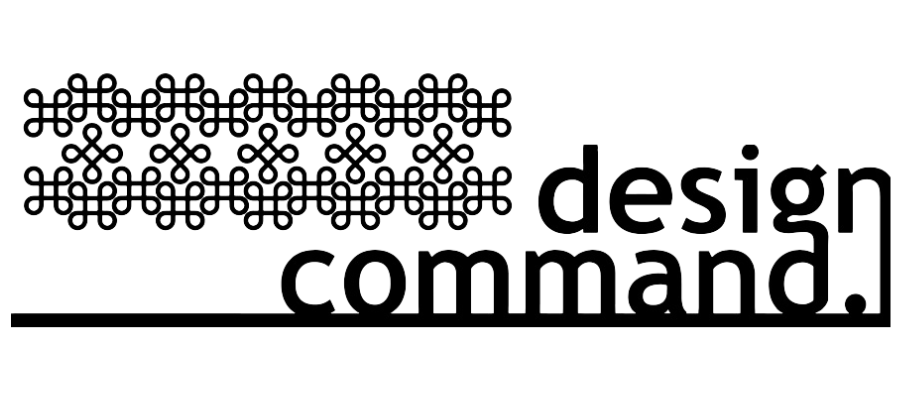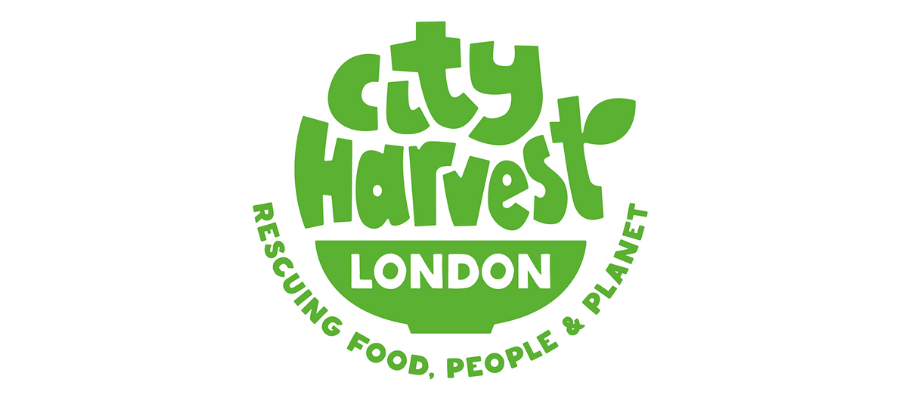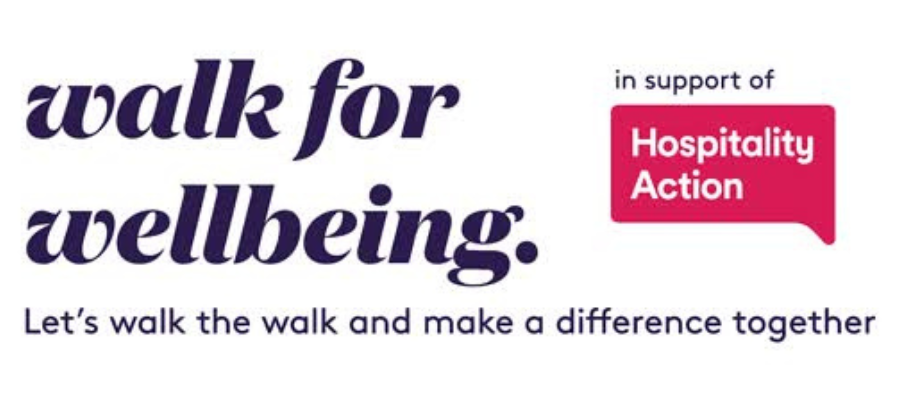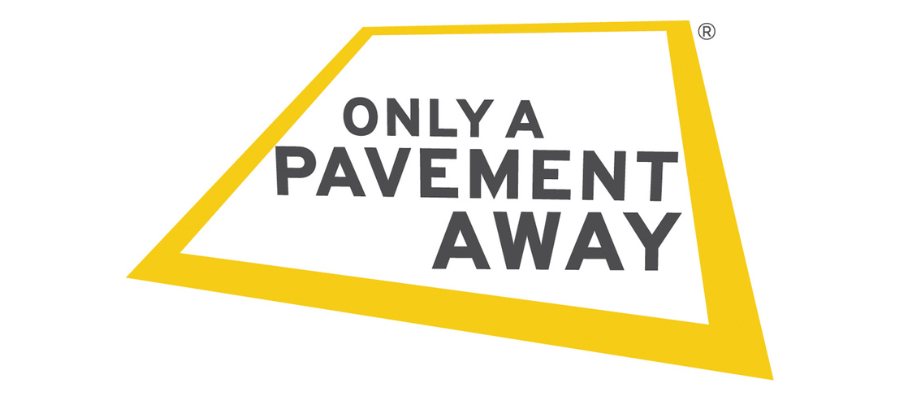How to talk to your customers about sustainability in your hospitality business
)
More and more consumers are looking for sustainable options in everything they do. A recent survey revealed that around one in three people claim they have stopped buying certain brands, because they had ethical or sustainability concerns, and a similar number are highly engaged with adopting a more sustainable lifestyle.
Attracting these customers will depend on your ability to promote what you are doing for the environment, but where to start? Some businesses have been accused of “greenwashing” - making selective environmental claims that don’t reflect their true impact on the planet, and consumers are often quick to point this out on social channels.
To address this, the Government has introduced the new The Green Claims Code which spells out what you can and can’t say. In this blog we’ll guide you through the language of sustainability, the pitfalls and how working with Olleco can help you explain how you are helping to combat the climate emergency.
Understanding sustainability terms
Carbon emissions are a complex topic. Many terms are widely used but not fully understood, so we have compiled a quick cheat list to help get you up to speed with the more popular ones.
GHG (or greenhouse gases)These include water vapour, carbon dioxide (CO₂), methane (CH₄), nitrous oxide (N₂O) and ozone. These occur naturally in the Earth’s atmosphere, but human activities are increasing the levels of GHGs, causing global warming and climate change.
CO₂This gas occurs naturally in the Earth’s atmosphere but activities such as burning fossil fuels have virtually doubled the amount since the start of the industrial age.
CO₂eStands for carbon dioxide equivalent. It is a general term expressing all the GHGs as a common unit. It is the equivalent amount of CO₂ that would cause the same amount of global warming.
Carbon offsetsThese are activities that absorb and store CO₂, such as forestry or peatland restoration. Offsets can either be purchased by organisations seeking to counterbalance their own carbon emissions or you can carry out your own carbon reduction activities to offset any carbon you produce.
Net zeroThis is often expressed as a goal. It is achieved when the amount of GHG you are putting into the atmosphere equals the amount you are removing. Typically, organisations will achieve 'net zero' by combining reduction initiatives with offsets.
Carbon neutralThis is when an organisation or supply chain eliminates emissions altogether. While most large companies can only achieve “carbon neutrality” through offsetting, smaller companies are often in a stronger position to reduce their carbon impacts.
Carbon negativeThis is when more carbon is removed from the atmosphere than is put in. Companies have to work hard to achieve this as it requires both active measures to reduce the carbon you produce and activities that will remove carbon from the atmosphere.
Climate positiveThis means exactly the same as carbon negative but is often used by marketing teams to communicate a more positive message.
Climate changeLong-term changes in local and global climates which can be driven by natural causes and increasingly by human activity.
Global warmingThe long-term warming of the Earth’s climate system caused by human activity, in particular the release of GHGs.
Keep it simple.
It’s easy for consumers to be bamboozled by the language so it is worth looking for things which you are doing that you can describe in simple, tangible terms. Things like reducing plastic packaging, growing microherbs on site and sourcing ingredients locally and in season are clear ways to show consumers you are taking action to help the environment.
Bottling and carbonating water on the premises, rather than shipping it, is a good, simple message to show you are on the right track. And any stories about reuse can form an engaging part of your sustainability story.
We have found that talking about tonnes of CO₂ can leave consumers confused about what it means in ‘real terms’. It’s more involving if you can present statistics in terms of wind turbines, removing cars from the road or planting trees and the US Environmental Protection Agency Equivalency Calculator is a great way to turn your carbon stats into stories.
Be genuine
We all have an interest in preserving the planet and you will have your own reasons for wanting to make a difference. Those personal concerns and the triggers that led you to take action will ring true with consumers and talking about your genuine motivations for what you are doing to help the environment will resonate well as a key part of your messaging.
The Green Claims Code
The growth of consumer concern about the climate crisis and the environment means that people are more vigilant than ever about claims that companies make about their environmental performance.
A survey by the UK government revealed that 40% of green claims made online could be misleading. This led to the publication of the “The Green Claims Code”. It contains legal guidance from the UK Government about how environmental claims should be made by all UK businesses. 
The requirements are relatively simple and are very much in line with requirements for advertising to be legal, decent and truthful. However, you need be sure that any claims that you do make have the evidence to back them up.
Calculate your carbon savings
A key part of reducing your carbon outputs will be your ability to assess them. The Carbon Literacy Project is designed to help you do just that by providing access to learning to help you become certified as “carbon literate”. Once you understand your carbon impacts, you can work out how to reduce them and you will have a clearer idea of how to communicate what you are achieving and develop credible goals for the future.
Educate your employees
Telling your employees about the carbon reduction measures you are taking is a win-win. It will help generate buy-in knowing that their actions are having a positive effect on the planet. But it will also encourage them to talk knowledgeably to customers about how your business is playing its part in tackling the climate emergency.
How to explain Olleco’s services
The services that Olleco provides will have a significant impact on your hospitality business’s carbon footprint. Ask your local depot or account manager about carbon savings certificates. These figures are based on accurate data about the used cooking oil collected at your site. You can display them proudly in your business or post them directly to your fans on social media. You’ll also find our web pages a great place to help build your own sustainability story.
Cooking oilOur cooking oil delivery and collection services deliver carbon savings in two ways. They reduce the impact of deliveries by 50% because the used oil is collected in the same vehicles that deliver fresh oil. But, more impressively, the used cooking oil we recover is used to make biodiesel which can reduce the carbon impact of road vehicles by up to 88%.
Food wasteFood waste is likely to be the biggest single part of any hospitality business’s carbon footprint. In fact, the UK’s food waste accounts for 5% of the UK’s mainland GHG emissions. Recognising this, the Scottish and Welsh Governments have made food waste collections mandatory for businesses. The law is also changing in England from 2023 so it’s worth getting ahead of the curve and segregating your food waste. Addressing it is imperative and, while a lot can be achieved by adopting efficiency and reduction measures, our food waste recovery teams ensure that unavoidable food waste is put to the best possible use making renewable energy and organic fertiliser.
Summary
We are proud to be playing a leading role in driving sustainability in the restaurant and hospitality industry. We can also help you assess the carbon savings we deliver which will help you formulate compelling and credible sustainability messages to market to your customers. To find out more, get in touch.

.png)
.png)
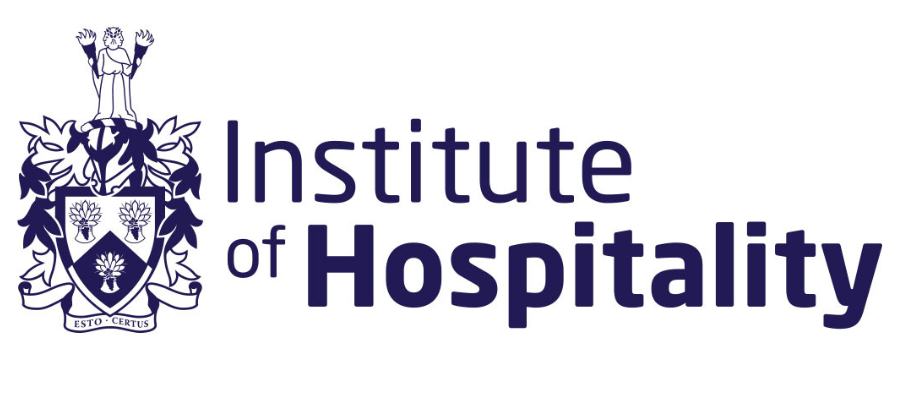


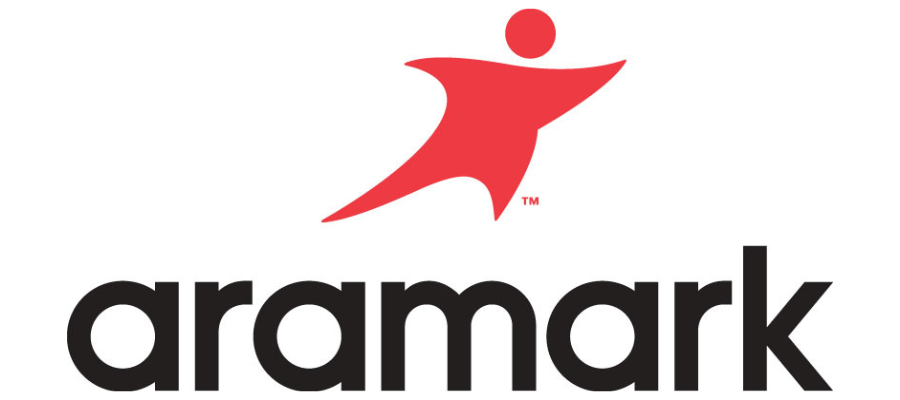
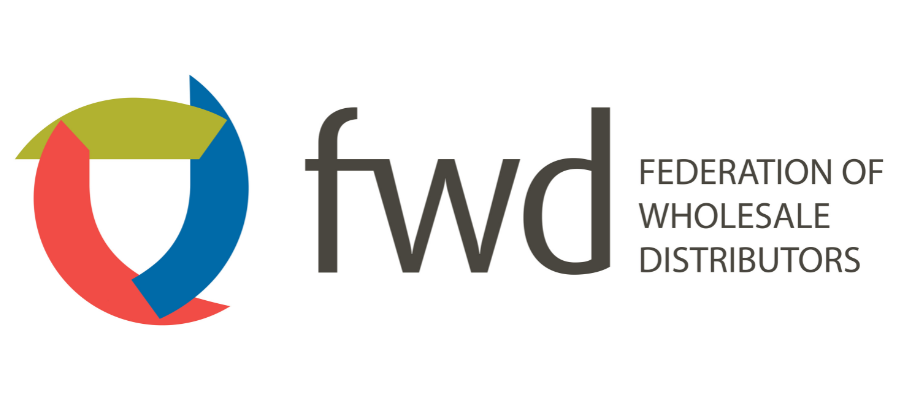
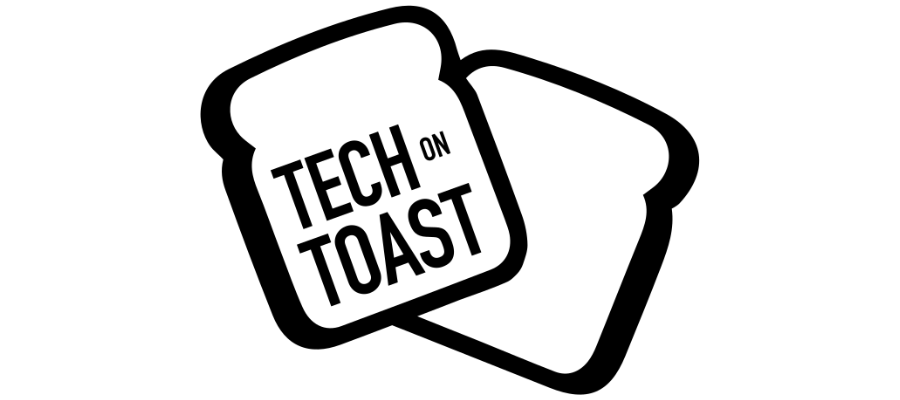





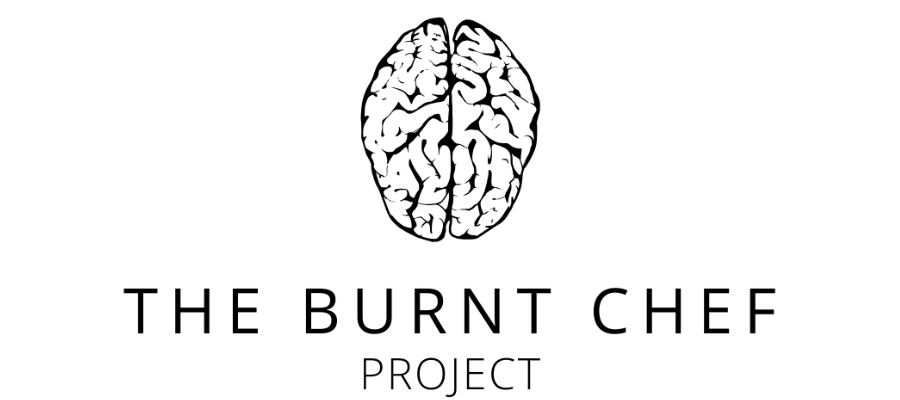



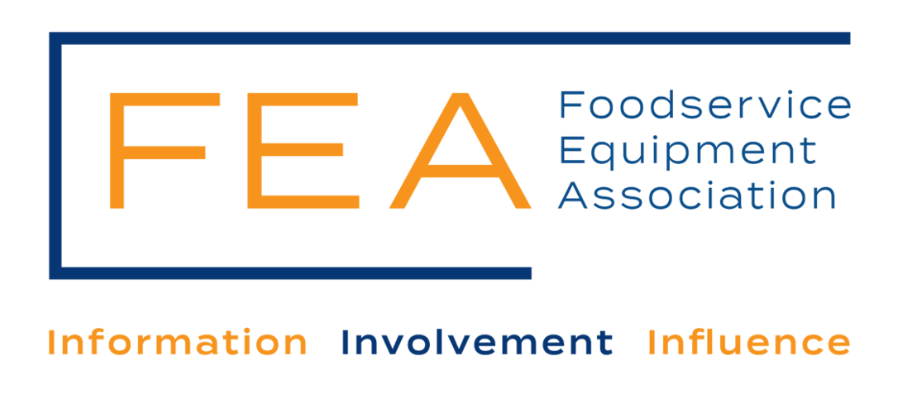
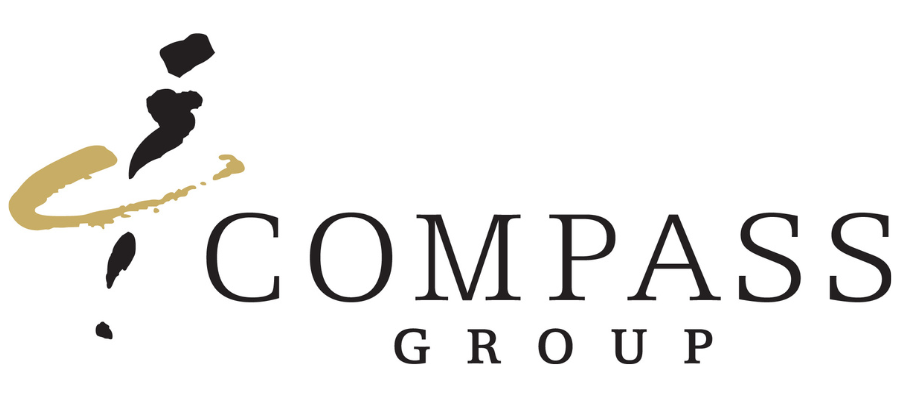


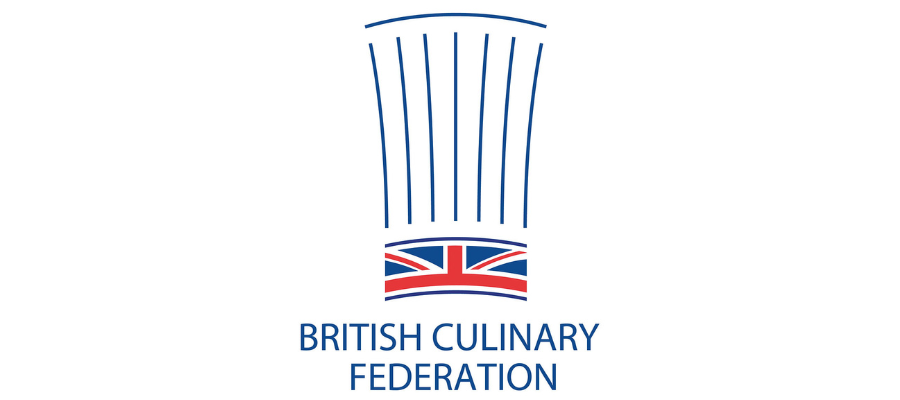


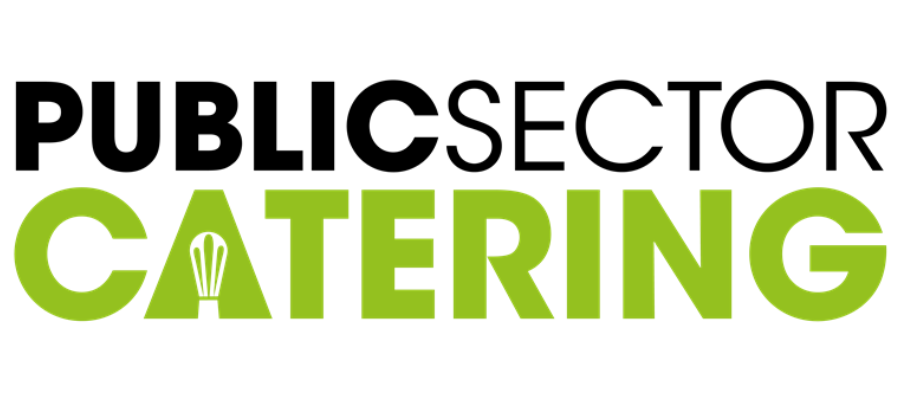



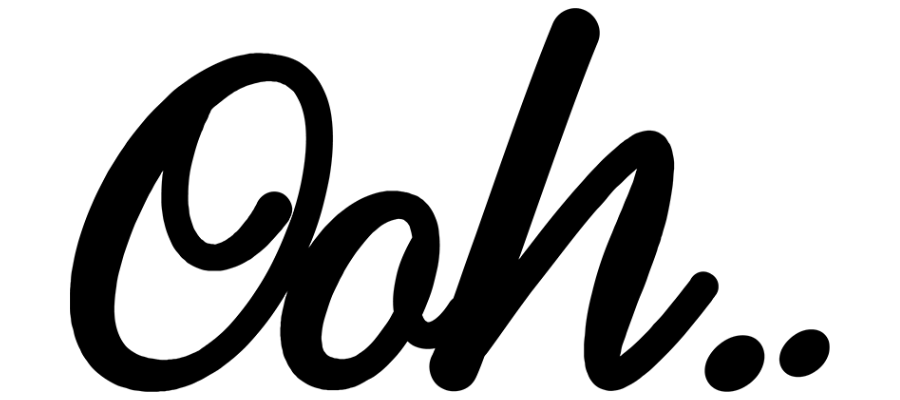


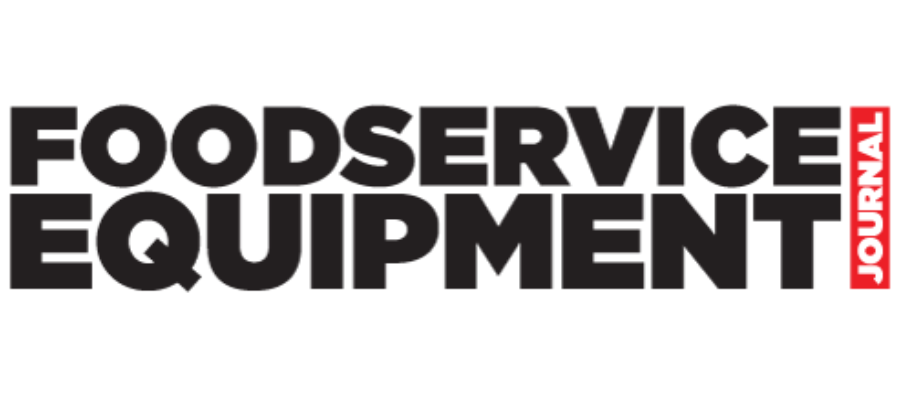
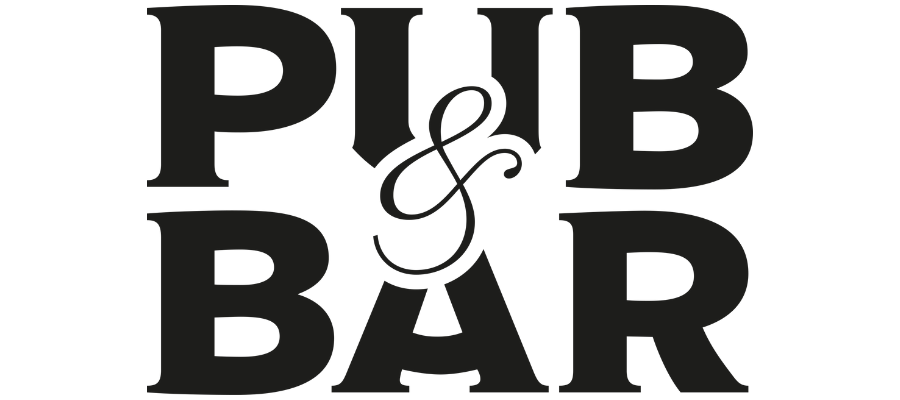

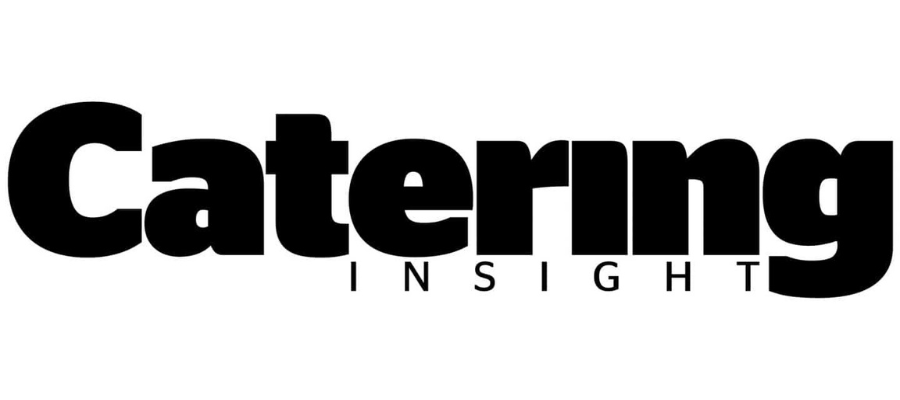


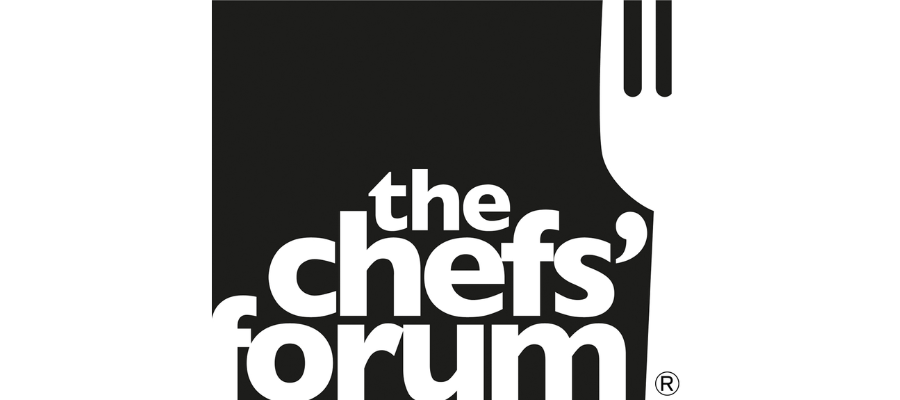


.png)


